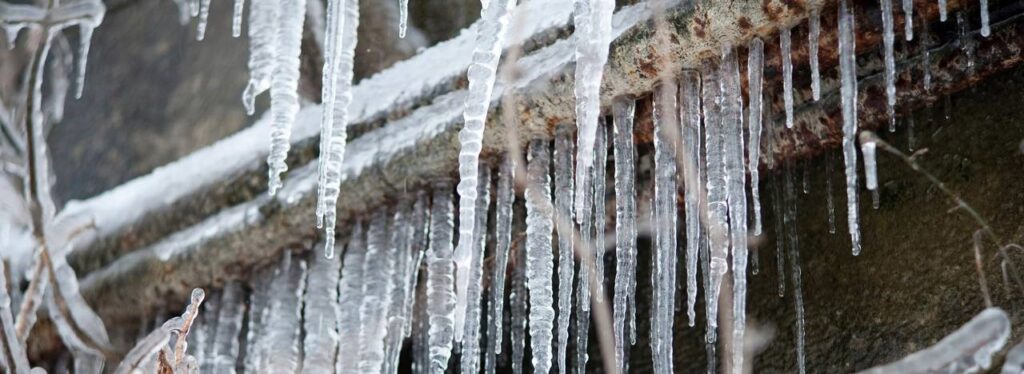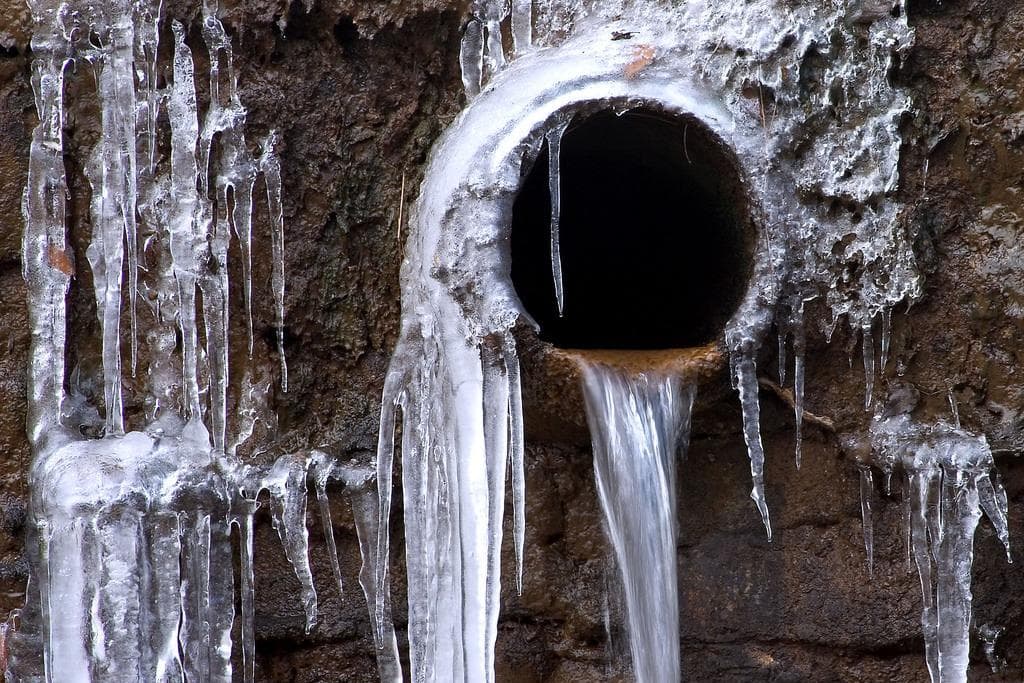How to Maintain Your Pipes from Cold Weather Issues: Important Guidance
How to Maintain Your Pipes from Cold Weather Issues: Important Guidance
Blog Article
This article below about How to Prevent Your Pipes From Freezing is indeed motivating. Have a go and draw your own personal conclusions.

Winter can ruin your pipes, specifically by freezing pipelines. Below's just how to stop it from taking place and what to do if it does.
Intro
As temperatures drop, the risk of frozen pipelines boosts, potentially resulting in costly repairs and water damages. Comprehending how to stop icy pipes is essential for homeowners in chilly climates.
Recognizing Frozen Pipelines
What causes pipelines to freeze?
Pipelines ice up when subjected to temperature levels below 32 ° F (0 ° C) for expanded periods. As water inside the pipes ices up, it expands, putting pressure on the pipe walls and possibly triggering them to rupture.
Threats and problems
Frozen pipelines can result in water supply disturbances, property damage, and pricey repair work. Ruptured pipes can flooding homes and cause comprehensive structural damage.
Signs of Frozen Pipeline
Identifying frozen pipes early can prevent them from bursting.
Just how to identify icy pipelines
Try to find reduced water flow from faucets, uncommon smells or noises from pipes, and noticeable frost on subjected pipes.
Avoidance Tips
Insulating at risk pipes
Cover pipes in insulation sleeves or use warmth tape to shield them from freezing temperature levels. Focus on pipes in unheated or outside areas of the home.
Home heating strategies
Maintain interior areas appropriately heated up, specifically areas with plumbing. Open up cupboard doors to permit warm air to distribute around pipelines under sinks.
Protecting Outside Pipes
Yard hose pipes and outside taps
Disconnect and drain pipes yard pipes prior to wintertime. Mount frost-proof spigots or cover outdoor faucets with insulated caps.
What to Do If Your Pipelines Freeze
Immediate activities to take
If you presume frozen pipes, maintain faucets open to soothe pressure as the ice thaws. Use a hairdryer or towels soaked in warm water to thaw pipes gradually.
Long-Term Solutions
Structural modifications
Think about rerouting pipelines far from exterior walls or unheated areas. Add added insulation to attic rooms, basements, and crawl spaces.
Upgrading insulation
Buy top notch insulation for pipes, attic rooms, and wall surfaces. Appropriate insulation helps keep constant temperature levels and minimizes the risk of icy pipes.
Verdict
Stopping icy pipelines requires aggressive steps and fast responses. By comprehending the causes, signs, and safety nets, homeowners can secure their pipes during cold weather.
6 Proven Ways to Prevent Frozen Pipes and Protect Your Home
Disconnect and Drain Garden Hoses
Before winter arrives, start by disconnecting your garden hoses and draining any remaining water. Close the shut-off valves that supply outdoor hose bibs and leave the outdoor faucet open to allow any residual water to drain. For extra protection, consider using faucet covers throughout the colder months. It’s also important to drain water from any sprinkler supply lines following the manufacturer’s directions.
Insulate Exposed Pipes
Insulating your pipes is an effective way to prevent freezing. Pipe insulation is readily available at home improvement stores and is relatively inexpensive. Pay close attention to pipes in unheated areas such as the attic, basement, crawl spaces, or garage. Apply foam insulation generously to create a buffer against the cold. You can also wrap your pipes in heat tape or thermostat-controlled heat cables for added warmth.
Seal Air Leaks
Inspect your home for any cracks or openings that could let in cold air. Seal any holes around the piping in interior or exterior walls, as well as the sill plates where your home rests on its foundation. Additionally, make sure to keep your garage door closed unless you’re entering or exiting. Leaving it open creates a significant air leak that can lead to frozen pipes.
Allow Warm Air Circulation
During cold snaps, it’s essential to allow warm air to circulate evenly throughout your home. Leave interior doors ajar to promote better airflow. Open kitchen and bathroom cabinets to help distribute heat consistently around the rooms. If you have small children or pets, be sure to remove any household chemicals or potentially harmful cleaners from open cabinets for safety.
Let Faucets Drip
A small trickle of water can make a big difference in preventing ice formation inside your pipes. When temperatures drop significantly, start a drip of water from all faucets served by exposed pipes. This continuous flow helps prevent the water from freezing. Additionally, running a few faucets slightly can relieve pressure inside the pipes, reducing the chances of a rupture if the water inside does freeze.
https://choateshvac.com/6-proven-ways-to-prevent-frozen-pipes-and-protect-your-home/

I was made aware of that article on Winter Plumbing Precautions: Preventing Frozen Pipes through a friend on our other domain. So long as you appreciated our post plz remember to pass it around. I am grateful for your time. Kindly check our site back soon.
Additional Resources Report this page